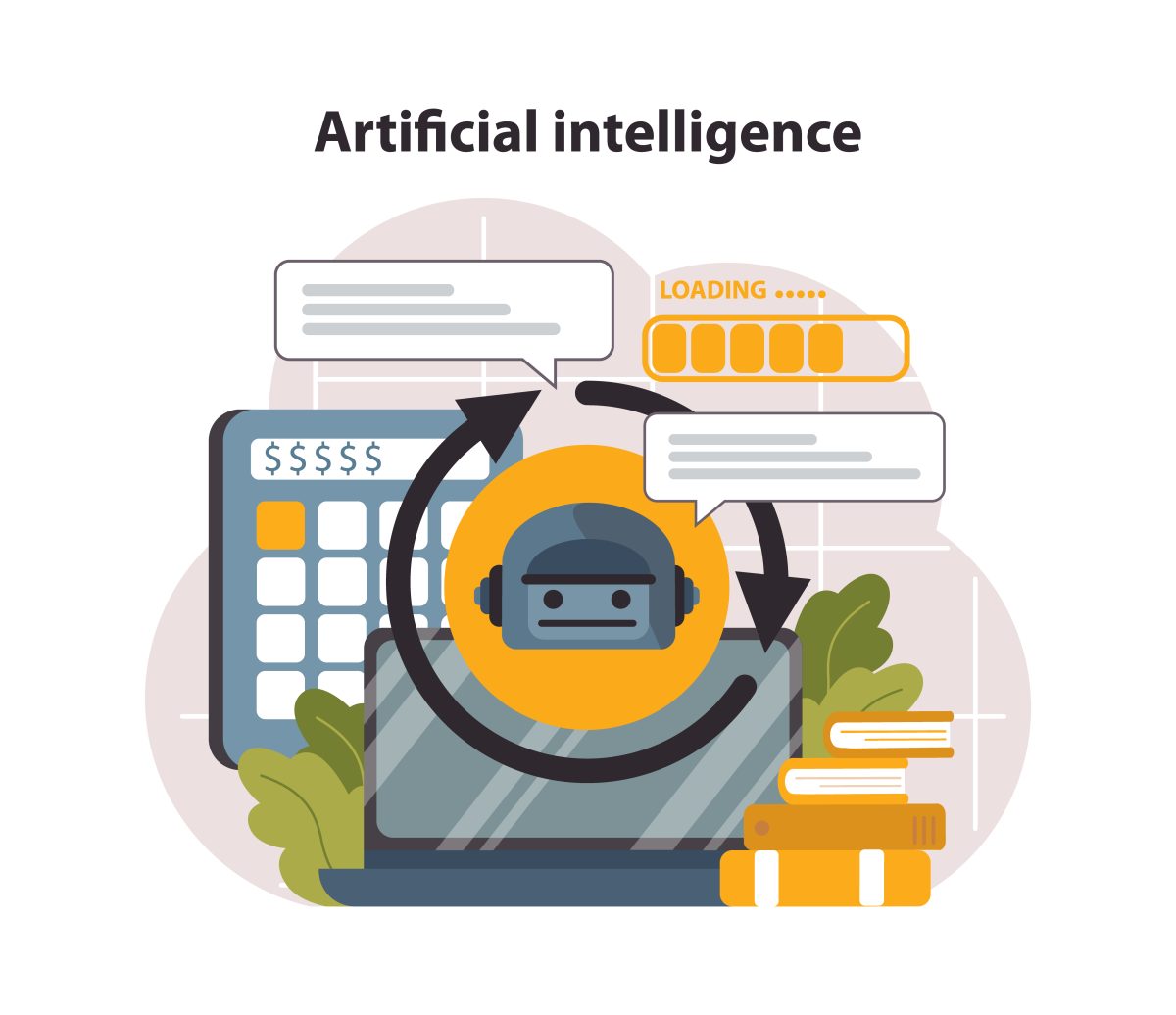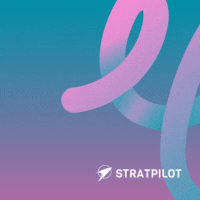In today’s fast-paced corporate world, staying organized and meeting strategic goals is more challenging than ever. Enter AI executive assistants, smart tools that help leaders and teams enhance productivity, stay aligned with goals, and optimize workflows. In this blog, we’ll explore how to unlock the full potential of an AI executive assistant and why they are indispensable for modern businesses.
What Is an AI Executive Assistant?
An AI executive assistant is a smart, digital tool designed to streamline tasks, manage schedules, and provide actionable insights. Think of it as a personal assistant with superpowers available 24/7 to help you manage workloads, organize information, and make informed decisions.
Key Features of an AI Executive Assistant
1. Calendar Management and Scheduling
Seamlessly schedules meetings avoids conflicts, and provides reminders, ensuring executives stay on top of their commitments.
2. Task Prioritization
Identifies high-priority tasks and organizes them effectively, ensuring focus on what matters most.
3. Real-Time Data Insights
Provides actionable insights from data analytics, helping executives make well-informed decisions.
4. Personalised Notifications and Alerts
Keeps users updated with relevant reminders, task deadlines, and business updates.
5. Natural Language Processing (NLP)
Understands and responds to voice or text commands intuitively, making interactions with the assistant more natural and efficient.
How to Get the Most Out of an AI Executive Assistant
AI executive assistants can significantly enhance productivity and organization, but to unlock their full potential, you need a well-thought-out approach. Here’s how you can maximize the value of your AI executive assistant:
1. Clearly Define Roles and Expectations
To fully leverage your AI executive assistant, establish clear boundaries and expectations for its tasks. Decide what activities it will handle, such as scheduling, reminders, data summaries, or prioritization. This clarity ensures the assistant is set up to focus on areas that matter most to you.
2. Integrate with Your Existing Tools
Most AI executive assistants integrate seamlessly with calendars, communication platforms, project management tools, and CRMs. Sync the assistant with tools like Google Workspace, Slack, or Trello to centralize workflows and enhance efficiency. This allows for smoother task execution across your ecosystem.
3. Customize Settings and Preferences
AI executive assistants are designed to learn and adapt to your style of work. Customize their settings for reminders, notifications, and task priorities. For example, set up alerts for deadlines or ensure it flags emails requiring immediate attention. The more tailored it is, the more effective it becomes.
4. Train It with Relevant Data
Provide your AI assistant with access to the data it needs to deliver insightful outputs. For instance, feed it your team’s KPIs, project goals, or past schedules to ensure it aligns its recommendations with your objectives. This also allows it to learn your priorities over time.
5. Leverage Its Analytical Capabilities
AI executive assistants excel in analyzing trends, summarizing data, and generating actionable insights. Use it to track team performance, identify inefficiencies, or prepare data-driven reports, freeing up time for critical decision-making.
6. Delegate Repetitive Tasks
Handoff repetitive or mundane tasks, such as email filtering, scheduling meetings, or updating documents, to your AI assistant. This allows you to redirect your focus toward strategic responsibilities and creative thinking.
7. Use Its Collaboration Features
AI executive assistants can act as a bridge between team members, helping to coordinate efforts and share insights. Assign tasks to team members, send reminders, and maintain shared calendars to improve alignment and collaboration.
8. Explore Advanced Features
Many AI assistants come equipped with advanced capabilities such as sentiment analysis, predictive analytics, and voice-to-text conversion. Dive into these features to enhance productivity and tackle more complex tasks effortlessly.
9. Keep Security in Mind
AI assistants often handle sensitive information. Ensure the assistant is compliant with data protection regulations and utilizes built-in security features, such as encrypted communications, to safeguard your data.
10. Foster a Long-Term Partnership
Think of your AI assistant as an evolving tool rather than a static resource. As your workflows and priorities change, continuously train and update them to reflect these shifts, ensuring they remain relevant and effective.
 Benefits of Using an AI Executive Assistant
Benefits of Using an AI Executive Assistant
An AI executive assistant offers far-reaching advantages that enhance both individual and organizational performance. Here’s a detailed look at how these benefits translate into tangible value:
1. Time Savings
AI executive assistants automate repetitive tasks like scheduling, email sorting, and follow-ups, freeing up hours of your day. This allows leaders and teams to focus on strategic, high-value activities that drive growth.
2. Enhanced Decision-Making
With access to real-time data analysis and insights, AI executive assistants empower you to make informed decisions. They consolidate complex information into easily digestible summaries, ensuring you always have the most relevant data at your fingertips.
3. Increased Productivity
AI assistants act as an extension of your team, streamlining workflows and eliminating bottlenecks. By automating low-value tasks, they allow individuals and teams to channel their efforts into areas that yield the highest returns.
4. Proactive Problem-Solving
Unlike traditional tools, AI executive assistants are proactive. They can anticipate potential roadblocks, such as overlapping schedules or unmet deadlines, and suggest adjustments to mitigate these issues.
5. Personalized Support
Modern AI executive assistants learn from your habits and preferences, offering personalized suggestions. Whether it’s identifying trends in your workflow or recommending tools to boost efficiency, they tailor their support to your unique needs.
6. Work-Life Balance
For busy executives, an AI assistant can create a better balance by ensuring personal and professional schedules are harmonized. It manages tasks like reminders for personal commitments, allowing you to maintain a healthy equilibrium.
Why AI Executive Assistants Are Indispensable
AI executive assistants aren’t just tools—they are essential companions in navigating today’s dynamic business landscape.
-
Adaptability to Dynamic Work Environments
AI assistants adjust to changing priorities and evolving tasks, offering flexibility and precision.
-
Scalability for Growing Teams
As businesses grow, AI assistants scale effortlessly, managing larger datasets and increasing operational efficiency.
-
Proactive Problem Solving
Beyond following commands, AI executive assistants anticipate potential challenges and recommend solutions before issues arise.
Unlocking Hidden Efficiencies with AI Executive Assistants
Beyond the surface of task automation, AI executive assistants reveal opportunities for deeper operational efficiency. By uncovering patterns, optimizing workflows, and seamlessly managing priorities, they become more than tools, they’re your strategic allies in achieving excellence and maximizing your team’s potential.
How Stratpilot Elevates Executive Assistance
Stratpilot redefines what an AI executive assistant can do by blending cutting-edge technology with intuitive design. It goes beyond traditional seamless support, allowing executives to focus on high-value decisions. Here’s how Stratpilot takes executive assistance to the next level:
1. Seamless Collaboration
Effective communication is crucial for any successful team. Stratpilot bridges communication gaps, ensuring that all departments work cohesively toward shared goals. It integrates with existing collaboration tools, consolidating discussions, updates, and progress reports in one place. This unified approach fosters transparency and keeps teams aligned, making sure that every team member is on the same page.
2. Advanced Predictive Capabilities
Stratpilot’s AI-driven capabilities can predict potential risks, opportunities, and market shifts, empowering executives to proactively adjust strategies. By analyzing historical data, trends, and patterns, Stratpilot provides insights into future developments, allowing decision-makers to prepare in advance. This predictive power helps you stay ahead of competitors and anticipate changes before they occur.
3. Personalized Support
Unlike generic AI assistants, Stratpilot learns from your preferences and adapts over time. It recognizes your working style, frequently accessed information, and common tasks, tailoring its responses to suit your needs. This ensures that it not only acts as an assistant but also as a trusted partner in your daily work.
4. Data-Driven Decision Support
Stratpilot doesn’t just give you the data; it gives you the insights you need to make better decisions. By analyzing internal and external data points, it highlights trends, risks, and opportunities that are most relevant to your business. Whether you’re looking to launch a new product, enter a new market, or refine your strategy, Stratpilot’s data-driven approach keeps you on track to success.
5. Actionable Analytics & Reports
Stratpilot simplifies complex analytics and provides actionable reports tailored to your needs. Instead of wasting time sifting through raw data, Stratpilot delivers clear and concise reports that provide meaningful insights for immediate action.
Ready to Elevate Your Efficiency?
Empower your team with Stratpilot, the AI assistant designed to drive growth and streamline operations. Sign up for Stratpilot to experience a smarter way to manage your goals.
By – Vamsi Bumireddy (CTO)
Frequently Asked Questions (FAQs)
Q1: What industries benefit the most from AI executive assistants?
AI executive assistants are versatile, making them valuable across industries like finance, healthcare, retail, and technology.
Q2: How secure is Stratpilot with sensitive business information?
Stratpilot prioritizes data security, offering encryption and secure storage to protect your sensitive information.
Q3: Is Stratpilot suitable for small businesses?
Yes, Stratpilot’s scalability makes it ideal for businesses of all sizes, including startups and SMEs.
 How Stratpilot Enhances Workflow
How Stratpilot Enhances Workflow

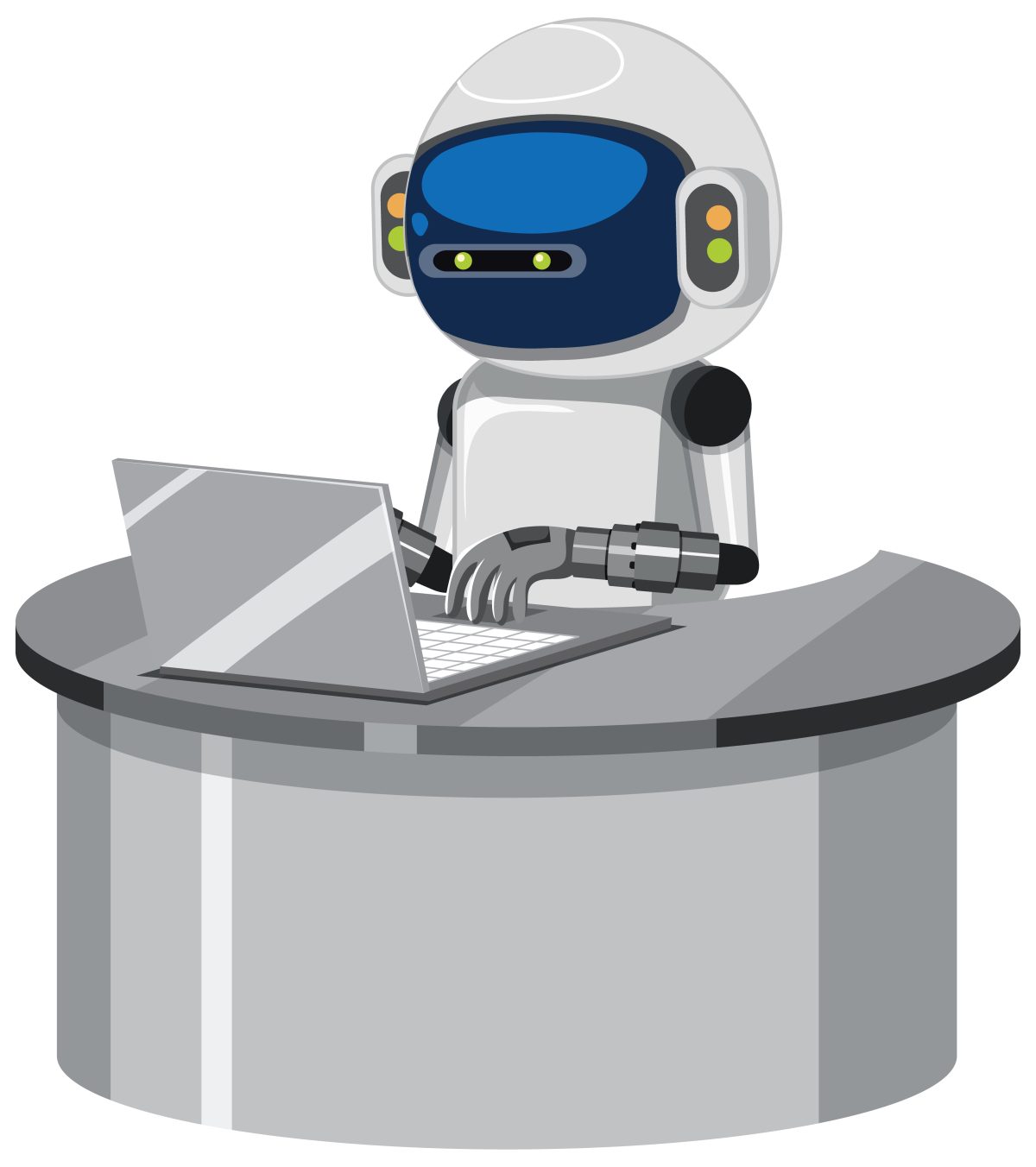
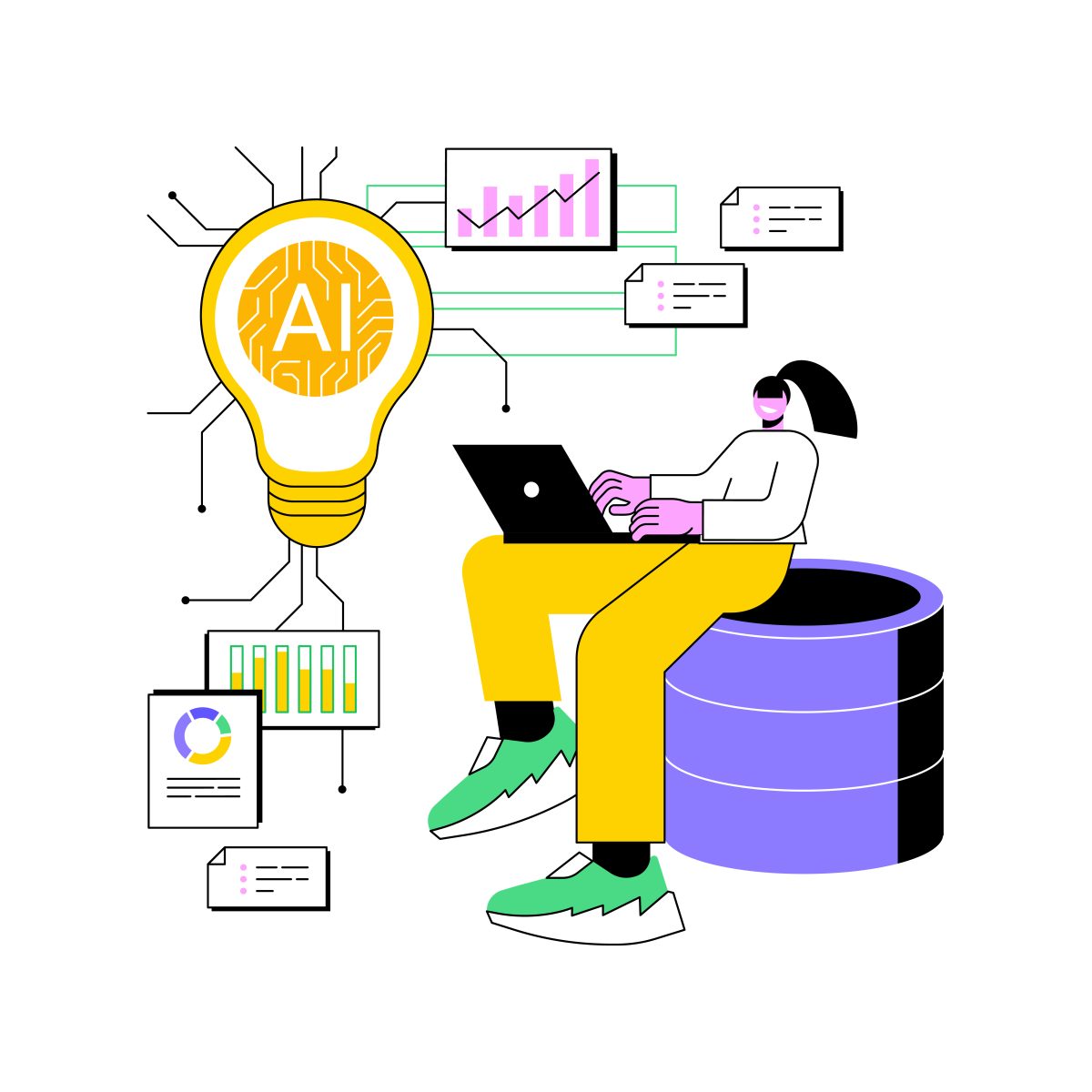
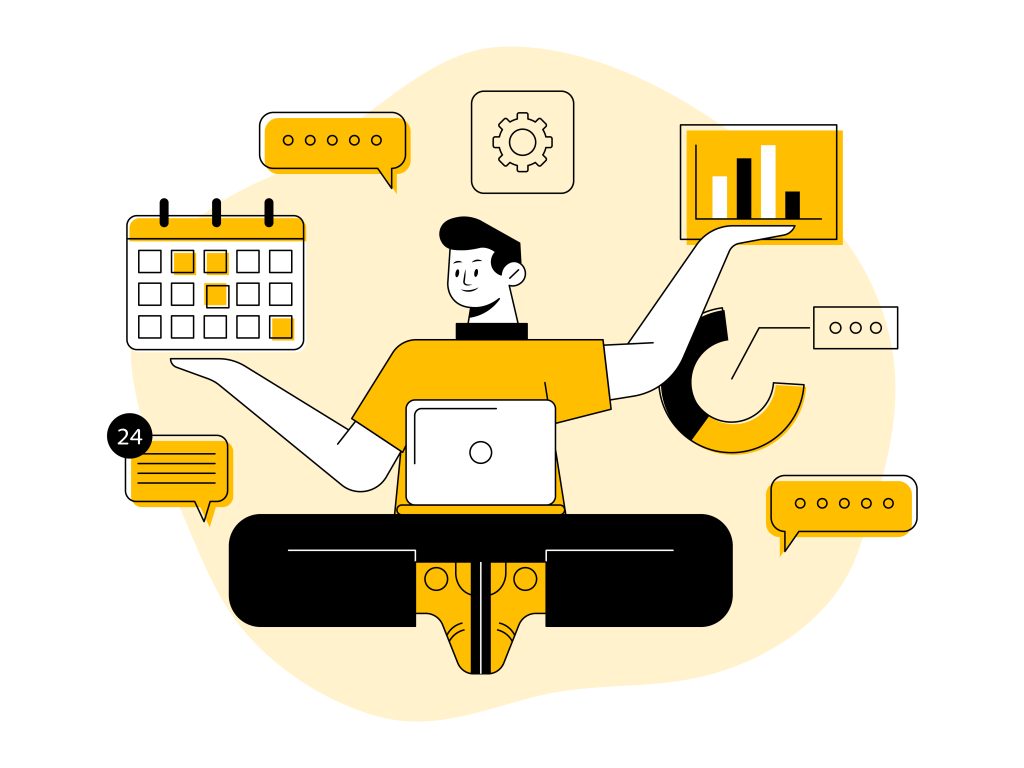 Pros and Cons
Pros and Cons
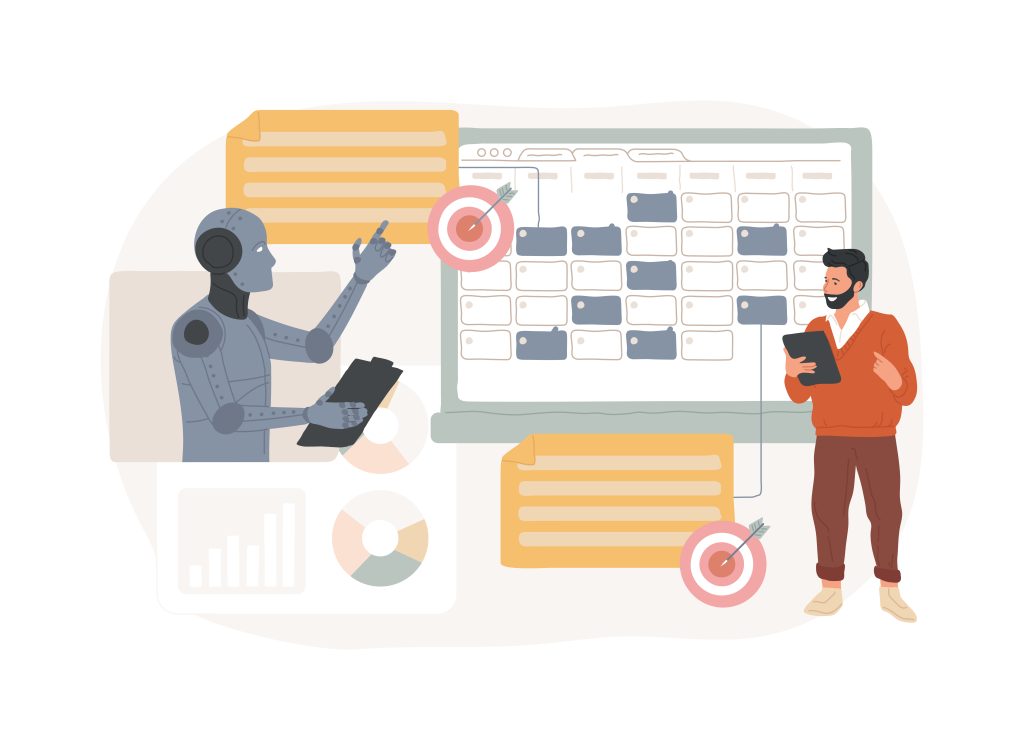 How
How 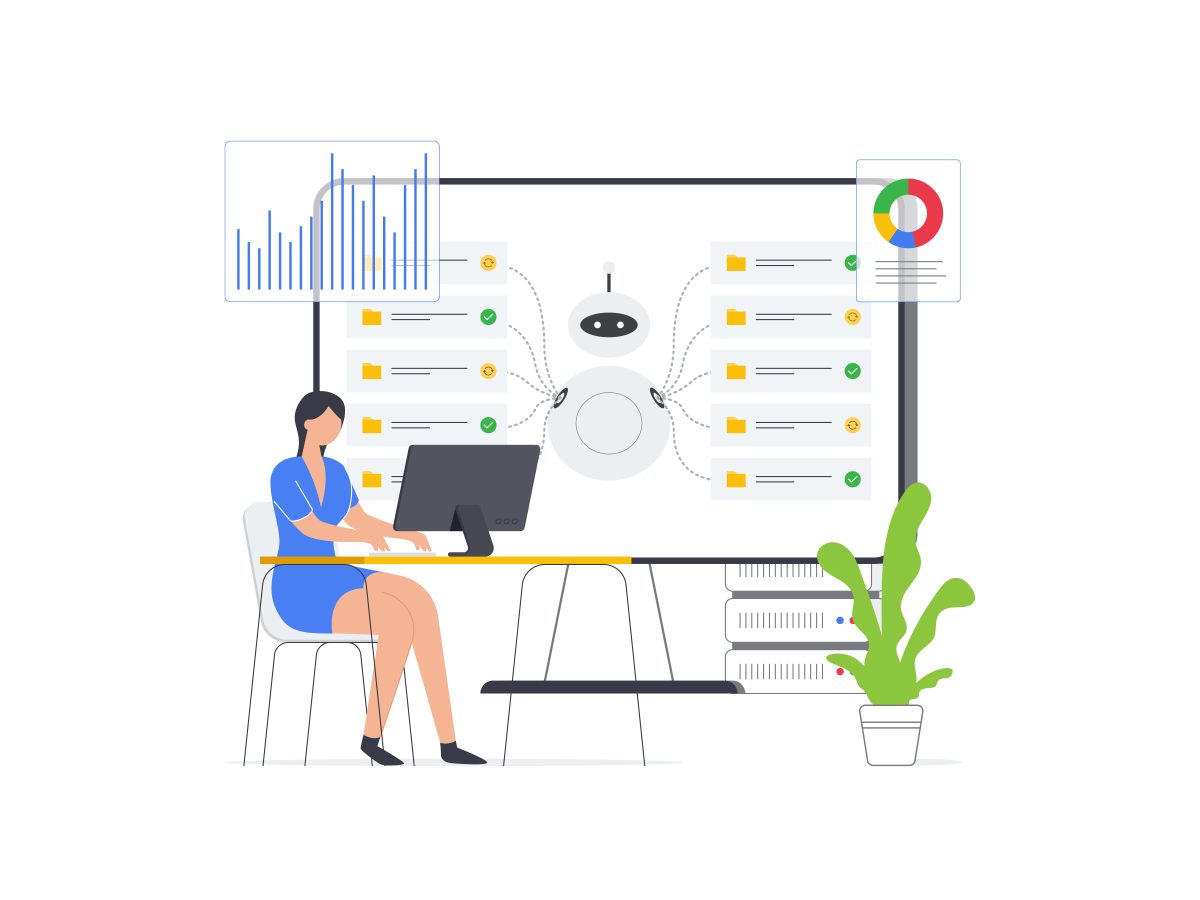
 How
How 
 A New Era of Virtual Assistance
A New Era of Virtual Assistance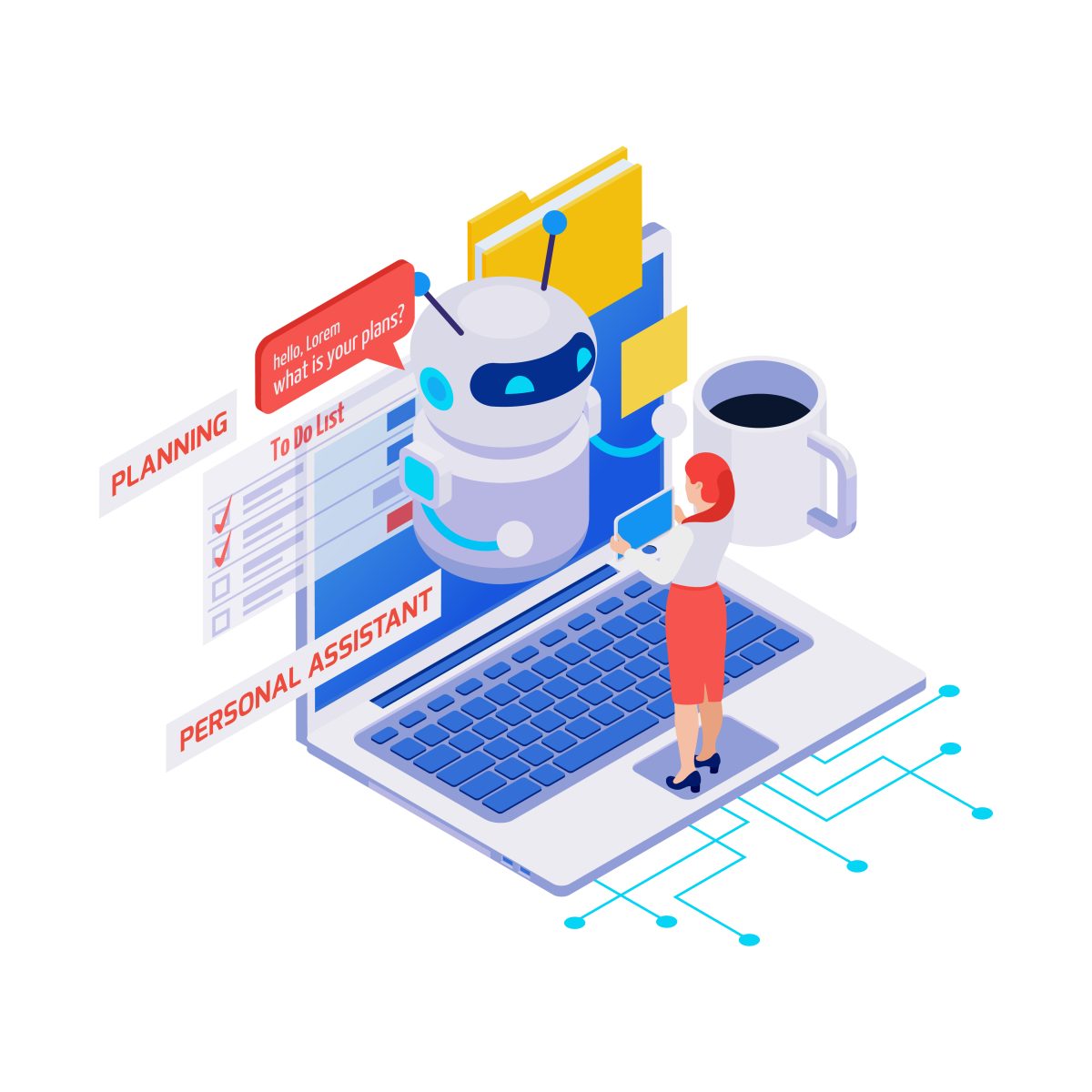
 The Transition to Autonomous AI Agents
The Transition to Autonomous AI Agents
 Benefits of Using an AI Executive Assistant
Benefits of Using an AI Executive Assistant

